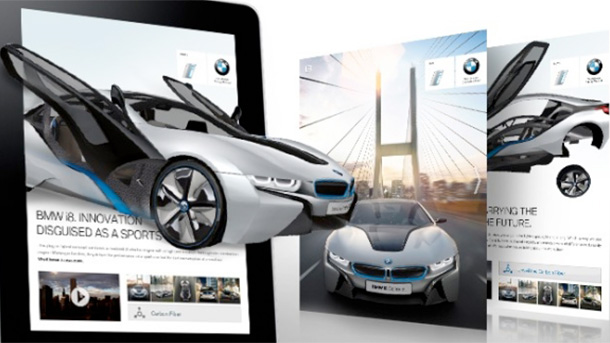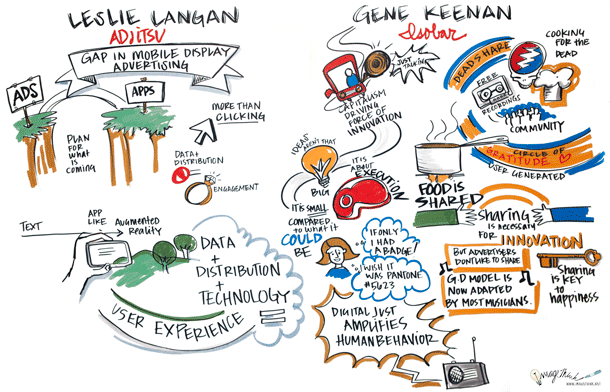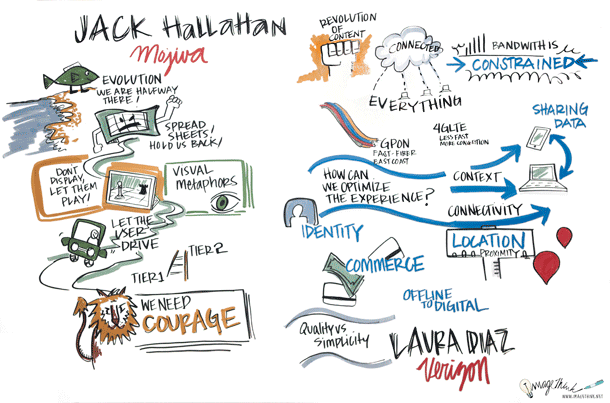Less Apps & More Context: Making Mobile Advertising More Mobile.

The way we target consumers through television doesn’t hold up online. And the idea of reformatting banner ads to be “optimized” for mobile devices is ludicrous.
Yet this is the way brands are targeting mobile users.
And they wonder why they’re not being heard above the noise when they’re committed to mobile.
It’s the year for mobile! We have to be on mobile! Mobile is where all the growth is at!
Knowing you want to connect with your users via their smartphones is not enough. Recognizing and understand mobile as its own media channel is everything.
When it comes to mobile advertising, we need to view technology as a catalyst for an experience. Advertisers need to learn how to properly engage users on their smartphones and tablets, and within the app.

“I don’t want Times Square on my phone,” says Leslie Langan of Adjitsu, a software firm specializing in immersive, 3D mobile ads. “We’re not going to click on an ad that’s stupid but pretty. As humans, we pick things that go for the best balance.”
Flat, two-dimensional online advertisements have not been successful in the internet era, so why are we still evaluating a space’s worth whether or not someone clicks on it? Adjitsu’s 3D ad engine was designed specifically to increase user engagement, and recent projects have yielded click-through rates three to five times higher than the industry average.

“Consumers need to find information beyond this is my tagline and this is my link—it needs to be moved closer to what we see in the real world. You would spend more time in an ad if you knew what the product felt like.”
Duplicating real-world experiences digitally in the palm of one’s hand will always be a challenge, but advertisers are continuously missing ways to engage increasingly savvy consumers by adhering to old school ideas and measurements.

Tradeshows and spreadsheets are not the place to look, according to Mojiva’s Jack Hallahan. Jack proposes to do away with the banner ad entirely and start engaging curiosity.
“Don’t just display—let them play!”
Built on contextual mobile advertising, Mojiva is one of the world’s largest mobile ad networks. The Mojiva Mobile Creative Alliance is focusing the contextual through rich media campaigns.
“Take a car ad, for example. Want to see it in red? You can present the brand’s message, but do with while letting users drive their experience.”
While we can adapt our messaging and craft our experiences to better suit mobile, we still need to be aware of the technical limitations and “too much of a good thing.” In many ways, mobile is still an emerging technology and we need to focus on how best to use it in our current space.

“Mobile bandwith is constrained. Physically. By physics,” says Laura Diaz, New Market Development and Strategy of Verizon Wireless. “Limited by amount and capacity, and when things don’t work, people get pissed. We want connectivity everywhere and all of the time, but we need to understand there are limits.”
Real-world physical restrictions only hinder current mobile innovation to a certain extent. Excessive app development is just as limiting. By creating an app for every whim, need and desire – creating apps just because you can – brands are missing out on key opportunities to reach customers and achieve true innovation as we become an increasingly location-based society.
“It becomes more and more about proximity to places you are and the places you care about,” says Laura.





















